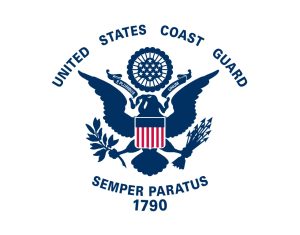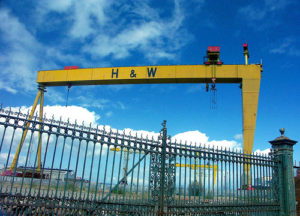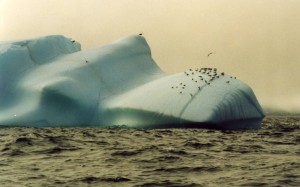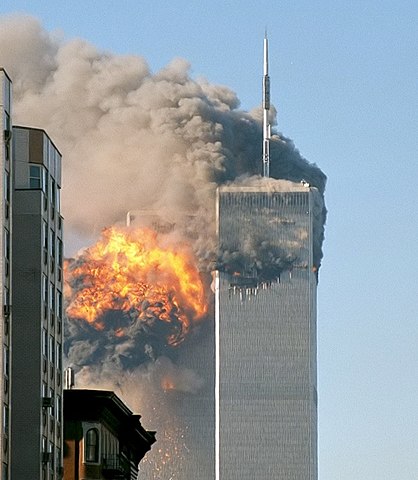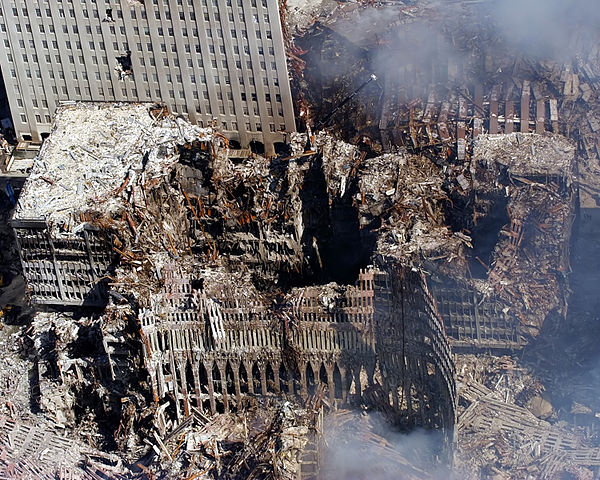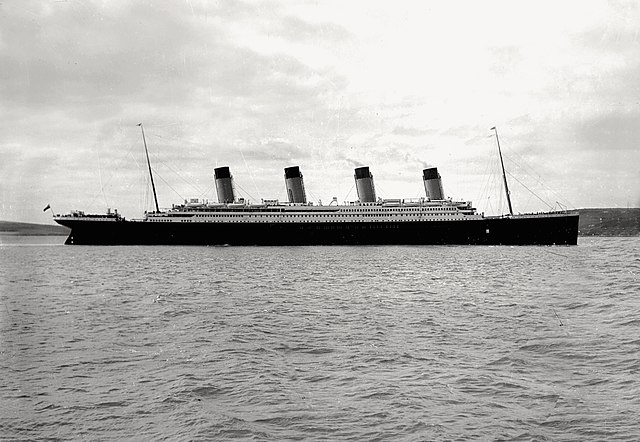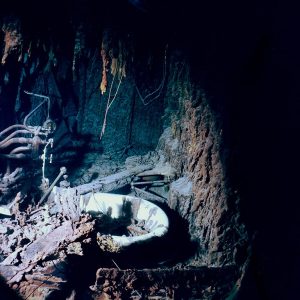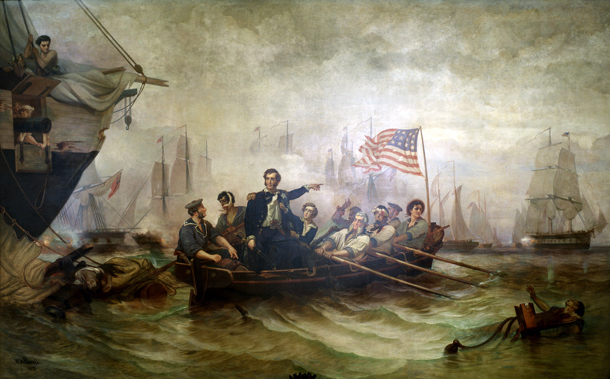
Becky Kagan Schott, OceanGate
The Coast Guard hearing into the Titan submersible catastrophe has concluded. The hearing revealed interesting details about the company, Rush Stockton and the submersible. Testimony indicates that Rush downplayed warnings about Titan’s reliability and safety. He was confident that it was safe. However, some testimony indicated there were problems with the craft that came up when it was diving. There was refutation that the company was focused solely on tourism and Titanic and that it was focused on making the ocean accessible to everyone. We also learned that there was no formal inspection done of the craft done by the Coast Guard.
That issue concerned one former employee, Matthew McCoy, who was a Coast Guard veteran and worked as an operations technician for about six months. He was concerned that classifying people as mission specialists rather than passengers would violate Coast Guard regulations. And also, that the Coast Guard had not cleared the submersible. He would learn after he left the company, which he thought was well run, had severed ties with both Boeing and the University of Washington Applied Physics Laboratory. He left the company over Stockton’s dismissal of Coast Guard investigating him and his comment he would buy off a congressman to make it go away.
Another issue the hearing looked into was the response to the emergency itself. Questions have been raised as to how slow it seemed to be to get all the necessary equipment to find Titan. Capt. Jamie Frederick, who helped lead the rescue effort, testified the biggest problem was getting the ROVs capable of diving down to Titanic. And also all the support equipment needed for it. They were able to get it together as quickly as they could but it took a “logistical tour de force.” The banging noises issue came up as well. Sounds were detected at regular intervals that some thought might be someone banging inside the submersible. However the data they studied indicates that was not the case and has been classified as an acoustic anomaly. Information about it was not revealed at the time as it was classified.
“It wasn’t for us to share with the family or with the public. It was one piece of data. It wasn’t definitive.” (Captain Jamie Frederick, U.S. Coast Guard)
One of the complications Frederick noted was conflicting information. At the time, they did not know about the slight shudder that the mast of the Polar Prince had detected just before losing contact with Titan. If they had known about that at the time, it would have changed the equation but could not answer how that would have changed the operation. Jason Neubauer, who chaired the investigation, noted that the Coast Guard is now changing how it handles whistleblower information. David Lochridge, an OceanGate employee who was fired after he raised concerns, submitted information to the Coast Guard that was not widely distributed but will be in the future.
Neubauer stated more investigative work needs to be done and more hearings may occur if warranted. He could not provide a timeline when it will wrap up its investigation and issue a report. The National Transportation Safety Board (NTSB) will issue a separate report on the implosion. If the reports indicate criminal charges be filed, then it will be turned over to the Justice Department for review and prosecution.
=
“Titan Hearing Reveals Malfunction Days Before Doomed Descent.” Video. NBC News, September 30, 2024. https://www.nbcnews.com/news/us-news/key-revelations-emerge-coast-guards-titan-submersible-hearing-rcna172274.
Boyle, Alan. “Eyebrow-raising Revelations Come to Light as Hearings Into Titan Sub’s Loss Wrap Up.” GeekWire, September 27, 2024. https://www.geekwire.com/2024/eyebrow-raising-revelations-come-to-light-as-hearings-into-titan-subs-loss-wrap-up/.
Liddell, James. “Titan Sub Hearings Live: Testimony Concludes as Coast Guard Hears About Build up to OceanGate Disaster.” The Independent, September 27, 2024. https://www.independent.co.uk/news/world/americas/titan-oceangate-submersible-implosion-disaster-hearing-latest-b2619941.html.
Deliso, Meredith. “Submersible Expert Who Went on Early Titan Dive: ‘OceanGate Came Very, Very Close to Killing Me.’” ABC News. Last modified September 27, 2024. https://abcnews.go.com/US/oceangate-titan-coast-guard-hearing-tuesday/story?id=113961904.
Whittle, Patrick, and David Sharp. “NTSB Engineer Says Carbon Fiber Hull From Titan Submersible Showed Signs of Flaws | AP News.” AP News. Last modified September 26, 2024. https://apnews.com/article/titan-titanic-oceangate-coast-guard-hearing-implosion-f1ee1b9d4e48bf782af328590c417f03.
Morelle, Rebecca. “How Did Titan Hull Come Apart? Safety Experts Weigh In.” Last modified September 25, 2024. https://www.bbc.com/news/articles/c4g09gv4zg7o.
“Passenger on a Previous Titan Sub Dive Says His Mission Was Aborted Due to Apparent Malfunction.” Reviewonline.Com, September 20, 2024. https://www.reviewonline.com/uncategorized/2024/09/passenger-on-a-previous-titan-sub-dive-says-his-mission-was-aborted-due-to-apparent-malfunction/.
=
In Other News
Tylor Brummett, News Channel 3. “Titanic: The Exhibition in Chicago Showcases the Ship’s History.” WWMT. Last modified September 29, 2024. https://wwmt.com/news/local/titanic-the-exhibition-in-chicago-showcases-the-ships-history-maiden-voyage-hms-explorer.
Campbell, John. “Harland and Wolff: Titanic Shipbuilder Enters Administration.” Last modified September 27, 2024. https://www.bbc.com/news/articles/czxgn1n08k7o.
‘TITANIC: The Artifact Exhibition’ Heads to Boston Next Month | EDGE United States.” EDGE Media Network. https://www.edgemedianetwork.com/story/335553.
Suggested Reading
Marshall, L. (2019). Sinking of the Titanic: The Greatest Disaster At Sea – Special Edition with Additional Photographs. Independently Published.
Rossignol, K. (2012). Titanic 1912: The Original News Reporting of the Sinking of the Titanic. Createspace Independent Publishing Platform.
Wilson, A. (2012). Shadow of the Titanic: The Extraordinary Stories of Those Who Survived. Simon and Schuster.
Titanic News Channel is a participant in the Amazon Services LLC Associates Program, an affiliate advertising program designed to provide a means for sites to earn advertising fees by advertising and linking to Amazon.com.

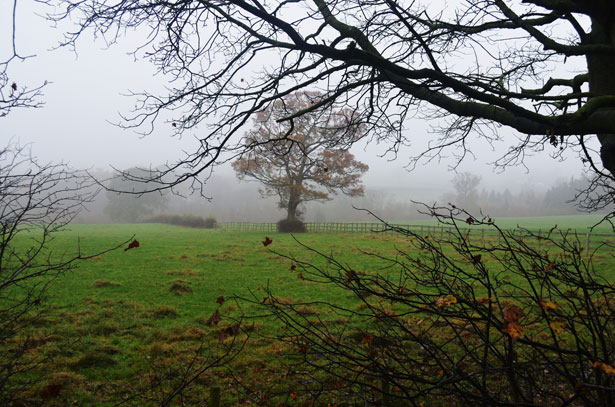
 Lepore, Stephen M. “OceanGate Co-founder Reveals Truth About Sub Disaster That Killed Five.” Mail Online. Last modified September 24, 2024.
Lepore, Stephen M. “OceanGate Co-founder Reveals Truth About Sub Disaster That Killed Five.” Mail Online. Last modified September 24, 2024. 

